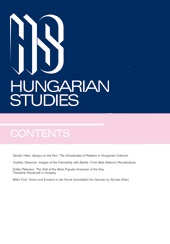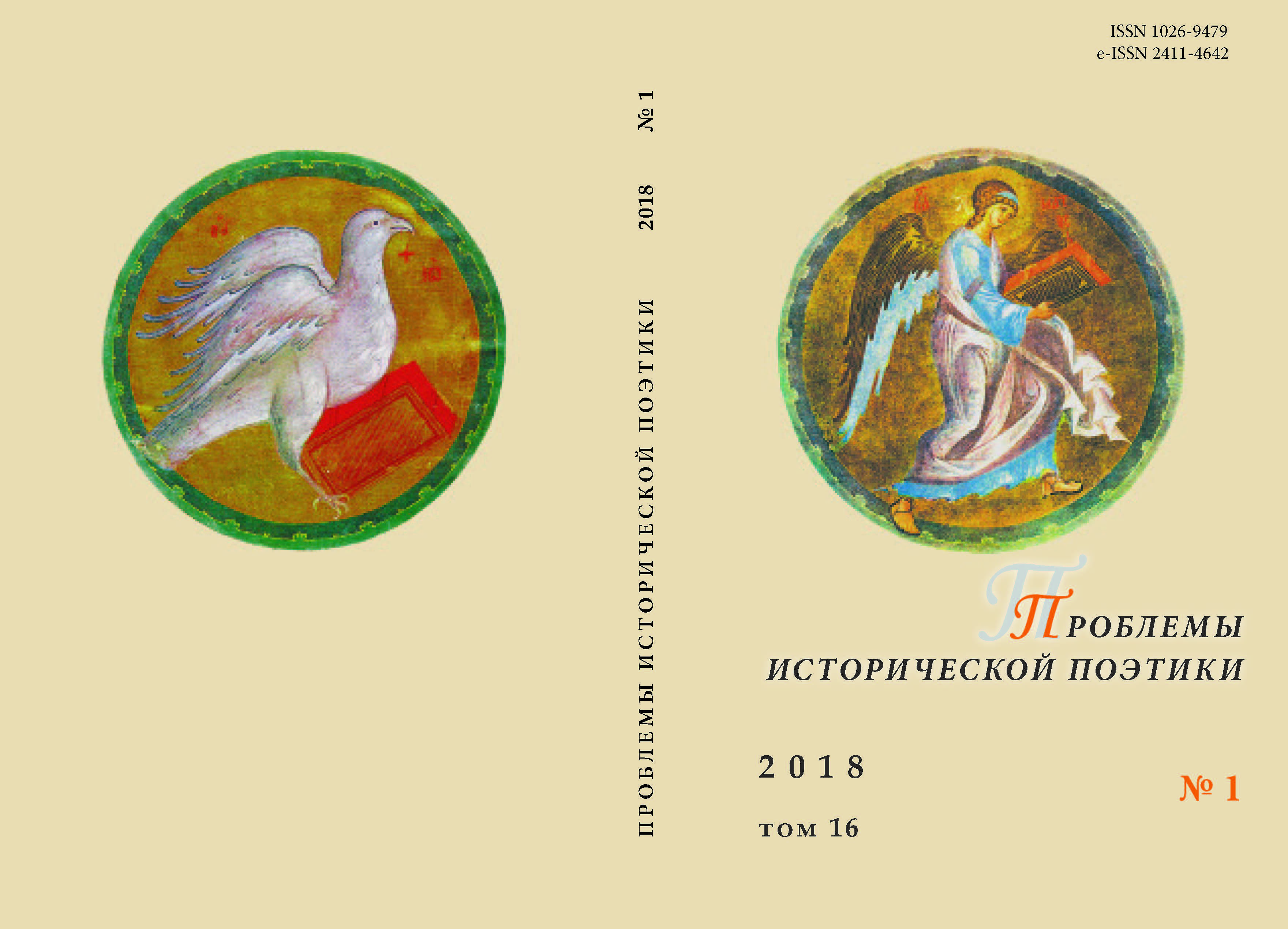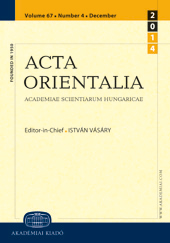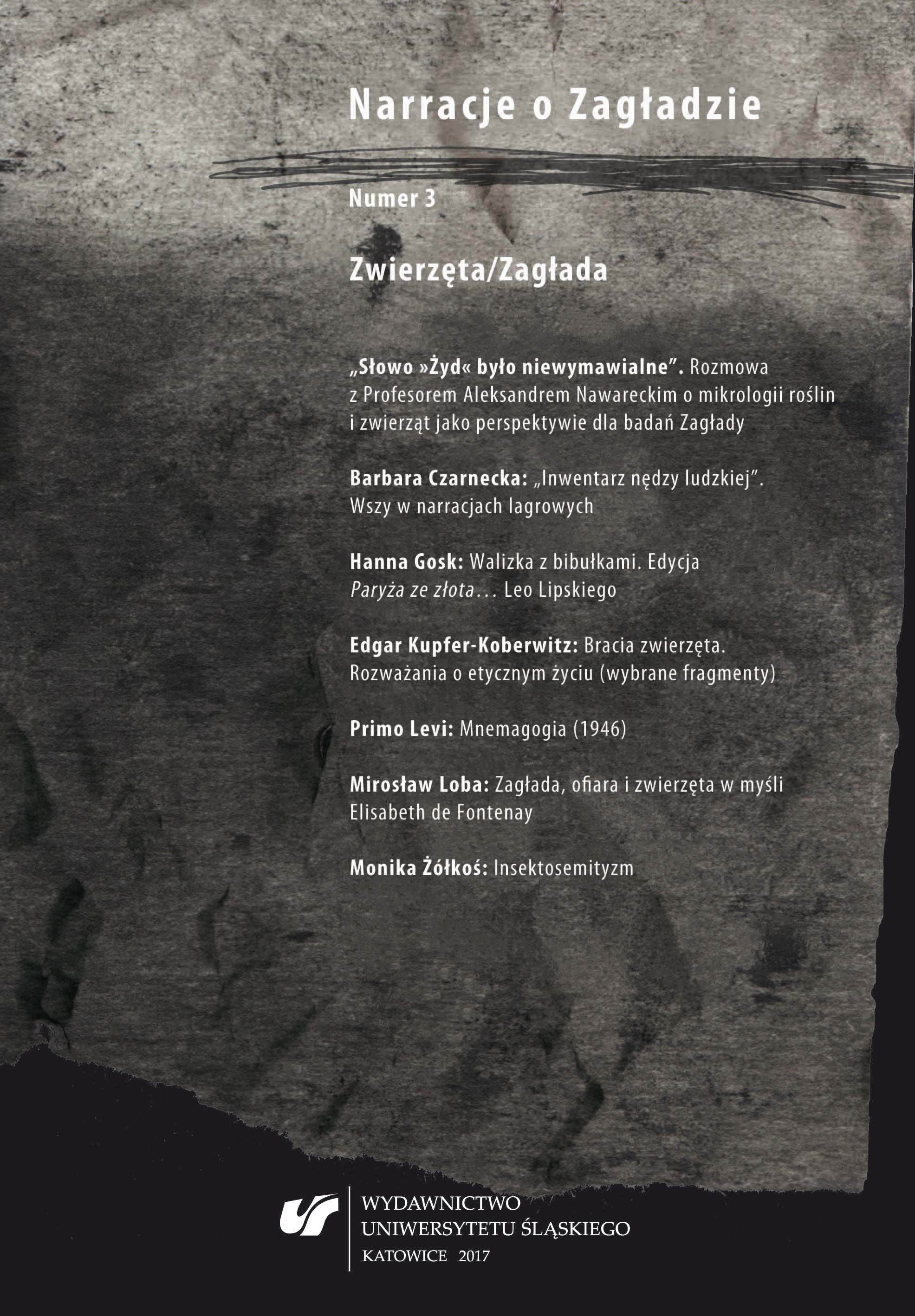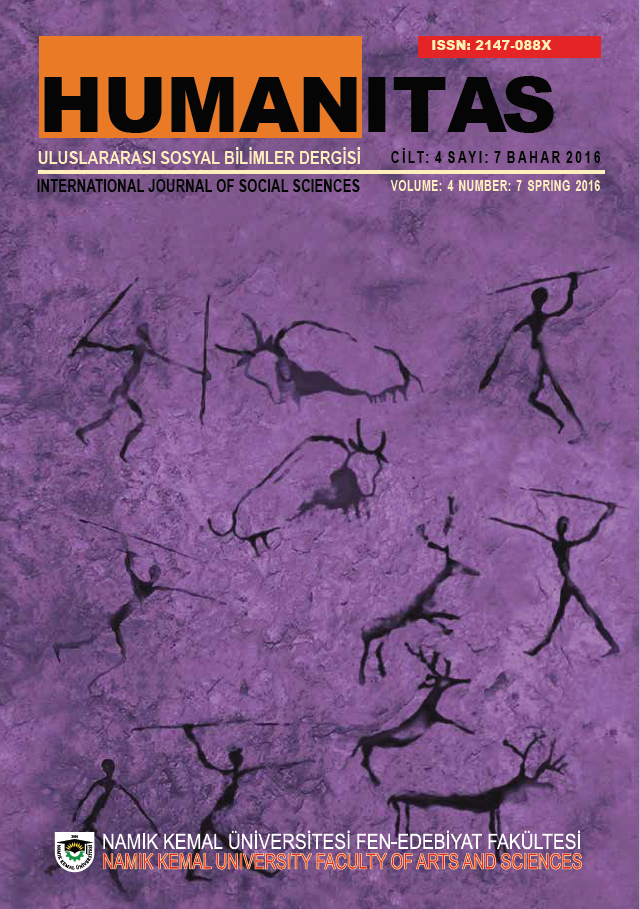
SYSTEM GOLDACH: ÜBER KOMMUNIKATION UND SCHEIN IN GOTTFRIED KELLERS KLEIDER MACHEN LEUTE
In Kleider machen Leute (1874), written by one of the leading realist German writers, Gottfried Keller (1819-1890), the transition phase of the socially stratified societies’ into modern capitalism is debated in a literary way. In this work, the contradictions and weaknesses of the societies that are stuck in a transitional phase are depicted in a satirical language by using the scoundrel motif. Besides, by creating two different fictional cities called Seldwyla and Goldach, the attention is drawn to the inevitable dependence of the people on the layers in the community. The main character, as an unemployed poor tailor apprentice with a rich appearance treated like an earl by the Goldach society, reveals the social stratification of the society in a critical perspective, due to the consideration that only someone from the upper classes can have a good appearance is still dominant in the society. In this regard, we have shaped our study by taking into consideration Niklas Luhmann’s works on social strata stating that the social system consists of subsystems and communication, and his system theory and the concepts based on this theory. The system theory has enabled us to see the societal discord revealed in the novella and helped us achieve a better reading by contributing a new dimension to the text.
More...
